Basic concepts to understand wine
Learn the basics of the world of wine. Discover key terms, tasting techniques and... much more!

Eva Pizarro
Sommelier at Fierro restaurant and trainer at Tandem Gastronómico.
I’m aware that the world of wine is not easy, but that is precisely what makes it interesting and what causes it to lead to different professions such as oenologists, wine growers, sommeliers, specialised press, wine critics, etc.
This results in a mix of professions, each focusing on a specific field of expertise. It is impossible to know everything about wine, but this should not be a hindrance; rather, it’s a motivation as you can never know enough because there is always more to learn – it’s a real challenge!
You don’t need to know everything to enjoy wine; in fact, each person should understand their role and enjoy it from that perspective. Today we focus on you, the consumer. With the concepts you’ll find below, you’ll know everything you need to start enjoying the fruit of the vine. It’s up to you to continue advancing on this journey or not.
EVERYTHING YOU NEED
- Viticulture: is the cultivation of vines and can be defined as the work carried out by the vine grower in the vineyard. This includes the pruning, harvesting, treatment and care of the vines.
- Oenology: these are the tasks involved in transforming grape must into wine. These are carried out by the oenologist, although in many cases it is the viticulturist, known as the viticulturist-winemaker, who performs these tasks. It includes tasks such as fermentation, ageing, analytical controls, bottling, etc.
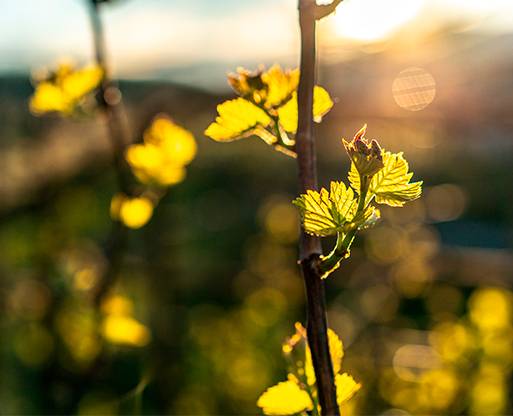
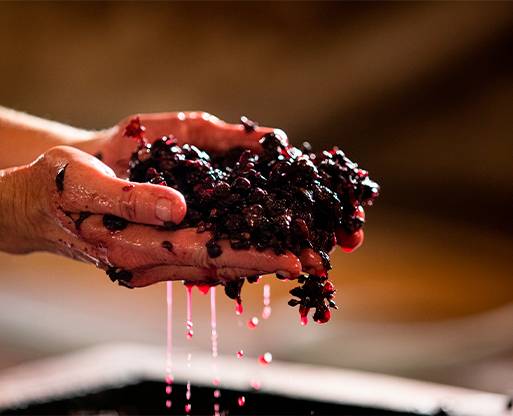
- Fermentation: This is the process of turning grape must into wine, which requires yeasts to convert the sugars in the grape juice into alcohol. This process brings about changes that will directly affect the flavour, aroma or texture of the resulting wine.
- Ageing: After fermentation, the wine can undergo ageing, which can be done in barrels, concrete tanks, stainless steel, demijohns, or in the bottle itself. This process modifies certain aspects of the initial wine, resulting in different styles such as reserva, gran reserva etc. If we decide not to age the wine and bottle it directly, we will have a young wine.
- Single Variety or Blend: When making wine, we have two options: to use a single grape variety or to create a blend of different varieties. The first results in a single-variety wine, and the second in a blend or coupage wine.
- Lees: These are the yeast residues that remain at the bottom of fermentation tanks. If we choose not to remove them during ageing, we will have a wine aged on lees. The result will be a creamier, fuller wine with more body.
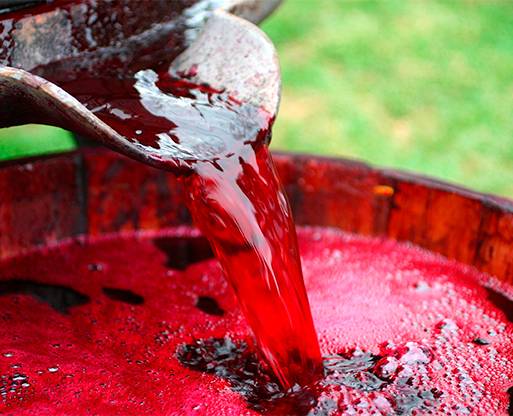
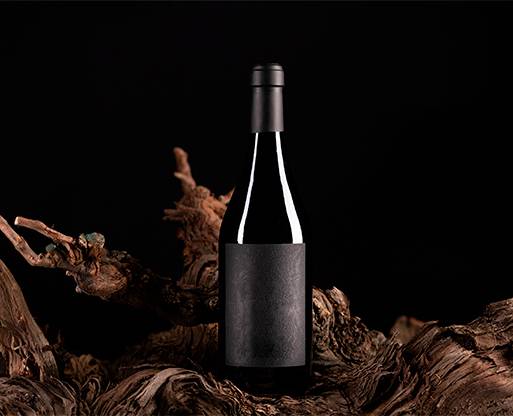
- Tannin: Tannin is the astringent sensation of some wines, usually red wines. It comes from the grape skins, stems, or seeds, as well as from the time spent ageing in barrels. It can be rough or fine depending on the grape used, the type of vinification, and the time and type of barrel.
- Oxidation: occurs when wine comes into contact with oxygen. Its colour turns brownish and its aromas evolve. Very old wines or those subjected to long ageing will have justified and desired oxidation. However, if it appears in a young wine it’s likely due to poor storage and the wine will not be good.
- Vintage: This is the year indicated on wine bottles, referring to the year the grapes were harvested, not to bottling or commercialisation. So, if you buy a wine from 1990, the grapes were harvested that year, and the wine has spent 33 years ageing in barrel and/or bottle until today.
The vintage is extremely important as it references the conditions of the year the grapes were harvested. It can be an excellent vintage, resulting in high-quality wines that may be much more expensive, or conversely, a very poor vintage producing lower-quality wines.
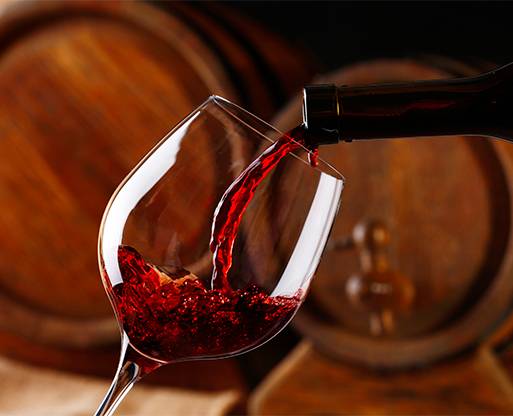
In some cases, you will find bottles without a vintage year, such as fortified wines and some sparkling wines. This is because these wines are made from a blend of grapes from different years and are therefore labelled as non-vintage.
And with this, we provide a solid foundation to start learning about wine. As we said before, it’s up to you to continue advancing while remembering that the most important thing is to enjoy it, no matter where you are on this never-ending journey.
What do you think about?
Share comments, opinions and tricks with the Community







